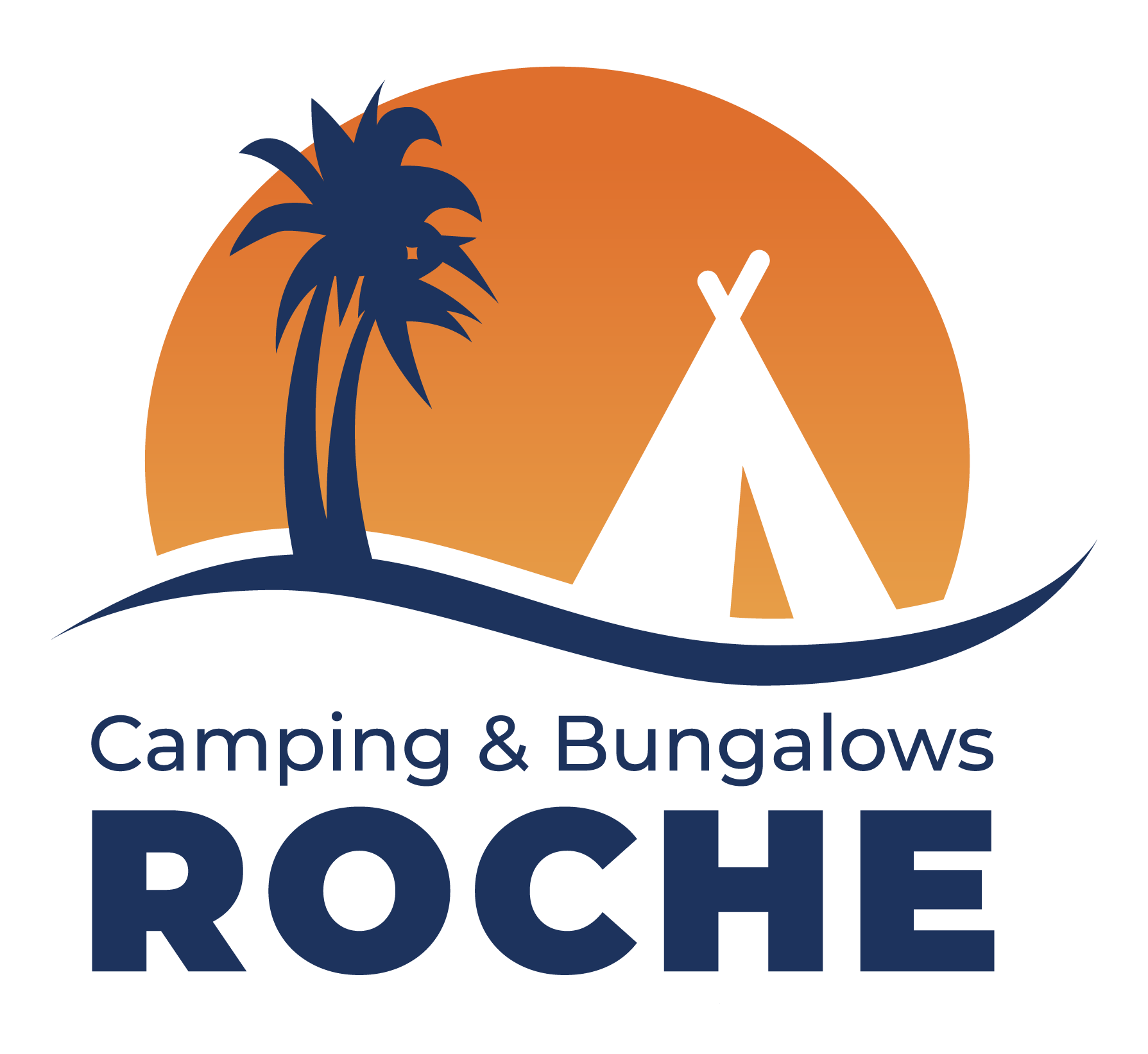An ideal environment to enjoy
Conil

Torre de Guzmán

La Chanca

Iglesia Santa Catalina

Iglesia Nuestra Señora de las Virtudes

Plaza Santa Catalina

Iglesia de la misericordia
Coves

Cala de enmedio o la encendida

Cala el áspero

Cala del puntalejo

Cala del aceite

Calas del frailecillo

Cala del tio Juan Medina

Cala del faro

Cala el pato
Beaches

Playa de Roche

Playa El Roqueo

Playa Los Bateles

Playa Castilnovo

Playa Fuente del Gallo

Playa de Torre del Puerco

Playa El Palmar

Playa La Fontanilla
City

Cádiz
Phoenicians, Greeks and Romans peopled this province and left behind an important testimony of their presence all along the Cadiz coast. What’s more, a series of historic milestones highlight how closely Cadiz is linked to the rest of the Iberian peninsula: in 711, the Muslims conquered these lands by defeating the Visigoths at the Guadalitete river, thus changing the course of history; on three occasions Columbus’ ships set sail from here on his voyages to the New World, and arrived home in these same ports, which over time were transformed into a meeting point for the cultural currents between Andalusia and America.

Sevilla
The Guadalquivir river –the ancient Betis– flows between the foothills of the Sierra Morena to the north and the Sierra Sur mountains in the south, irrigating a rich and fertile valley. In its lower course, 70 kilometres from the sea, is the ancient city of Seville, the capital of the Autonomous Region of Andalusia and of the largest and most densely populated province in Andalusia. The towns and cities on the shores of the river are living testimony to its historic and cultural past. Seville, the emblematic city of universal renown, has been Arab, Jewish and Roman, and its river and its river port have served as a privileged destination for trade with the West Indies.

